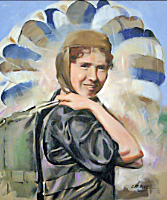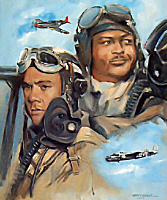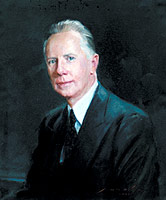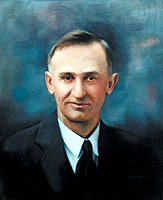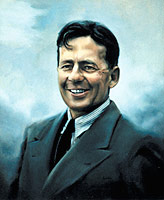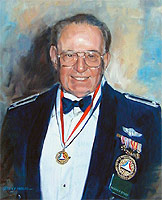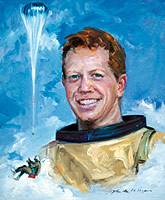Georgia “Tiny” Broadwick
Inducted in 2005
Legends of Aviation
1893 – 1978
Georgia “Tiny” Broadwick, remembered as the “First Lady of Parachuting,” holds a place in The Guinness Book of World Records for her achievements as a parachutist. Georgia Ann Thompson, married at twelve, was a mother at thirteen, and soon was abandoned by her husband. At fifteen, Georgia, a cotton mill worker in Henderson, attended a carnival in Raleigh. There, she watched as Charles Broadwick jumped from a balloon and descended by parachute. It was a life-changing event for her, and Broadwick secured permission for the teenager to join his “World Famous Aeronauts.” Soon after, she became Broadwick’s adopted daughter. At just over four feet, Georgia was nicknamed “Tiny,” and was billed as “The Doll Girl.” She thrilled audiences by jumping from a swing attached to a balloon. As the novelty wore off, the Broadwicks moved their act to flying machines. In 1913, soaring in […]

